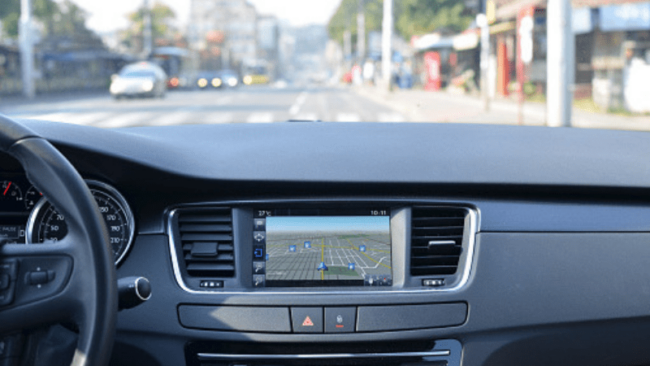Stay connected
Subscribe to our fleet blog and follow us on social media to receive all our fuel and energy industry insights.

Chances are your company vehicles use some form of advanced driver assistance systems (ADAS), but do your employees understand the limitations of ADAS? Safety technologies can help reduce the risk of traffic accidents, but as the National Safety Council points out, “even the most advanced safety feature cannot replace a safe, focused driver in the car.”
Although drivers may understand the benefits of having ADAS blind spot monitoring, forward collision warning, automatic emergency braking, and lane departure warning in their vehicles, many are unaware of the limits of safety technologies.
Educating your team about what ADAS can and cannot do will not only keep them safe on the road but will also help limit your company’s liability risk.
A new report by the AAA Foundation for Traffic Safety highlights the high percentage of drivers who have a faulty concept of just how much ADAS can do to prevent accidents.
For the report, the Foundation commissioned researchers from the University of Iowa to survey drivers who recently purchased a 2016 or 2017 model-year vehicle with ADAS technologies. Here is a recap of some of the findings, as reported by Forbes:
The National Safety Council has a new campaign that can be used as a safety training resource. MyCarDoesWhat.org uses videos, graphics, animation, and social media to “educate the public on the ever-changing world of car safety features.”
The website provides quick, easy-to-use information “for any driver, no matter what kind of car they have or how old it is.” It allows you to enter the make and model of your car and find out more about its safety features. Here are just a few of the types of questions your team should be able to answer about the vehicles they drive:
Taking the time to build ADAS education into your safety meetings is a smart investment in your company’s present day
Subscribe to our fleet blog and follow us on social media to receive all our fuel and energy industry insights.